Soviet ‘thaw’ of the 1960s through the lens of Vladimir Lagrange (PHOTOS)

The quasi thaw in Soviet politics led to a thaw in photography, as well. The official propaganda shots faded into the background and were replaced by vivid moments of real life.
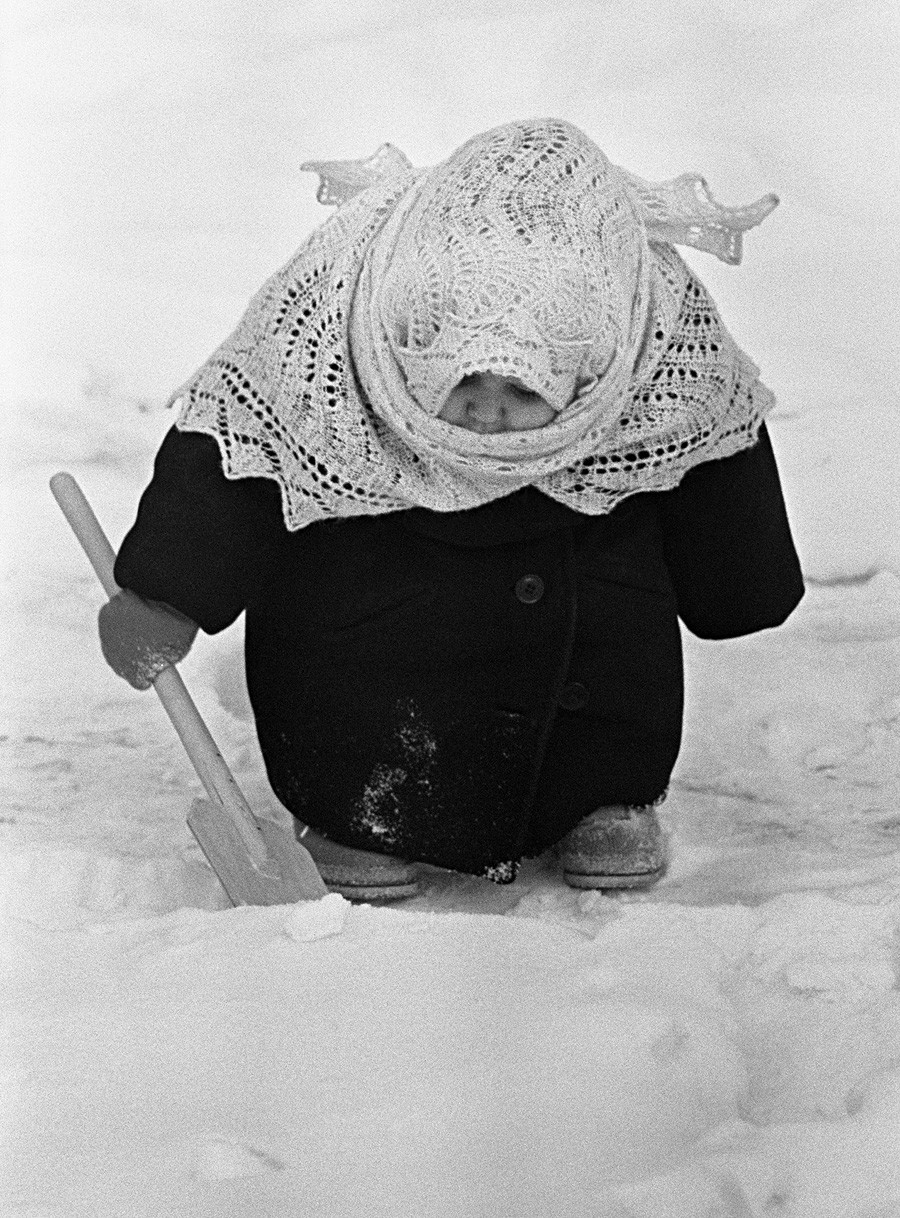
The 'granny', 1961
Vladimir Lagrange/Courtsey of the Lumier Brothers center for photographyVladimir Lagrange has been fond of photography since his childhood. Friends, relatives or simply random people have fallen into his lens.
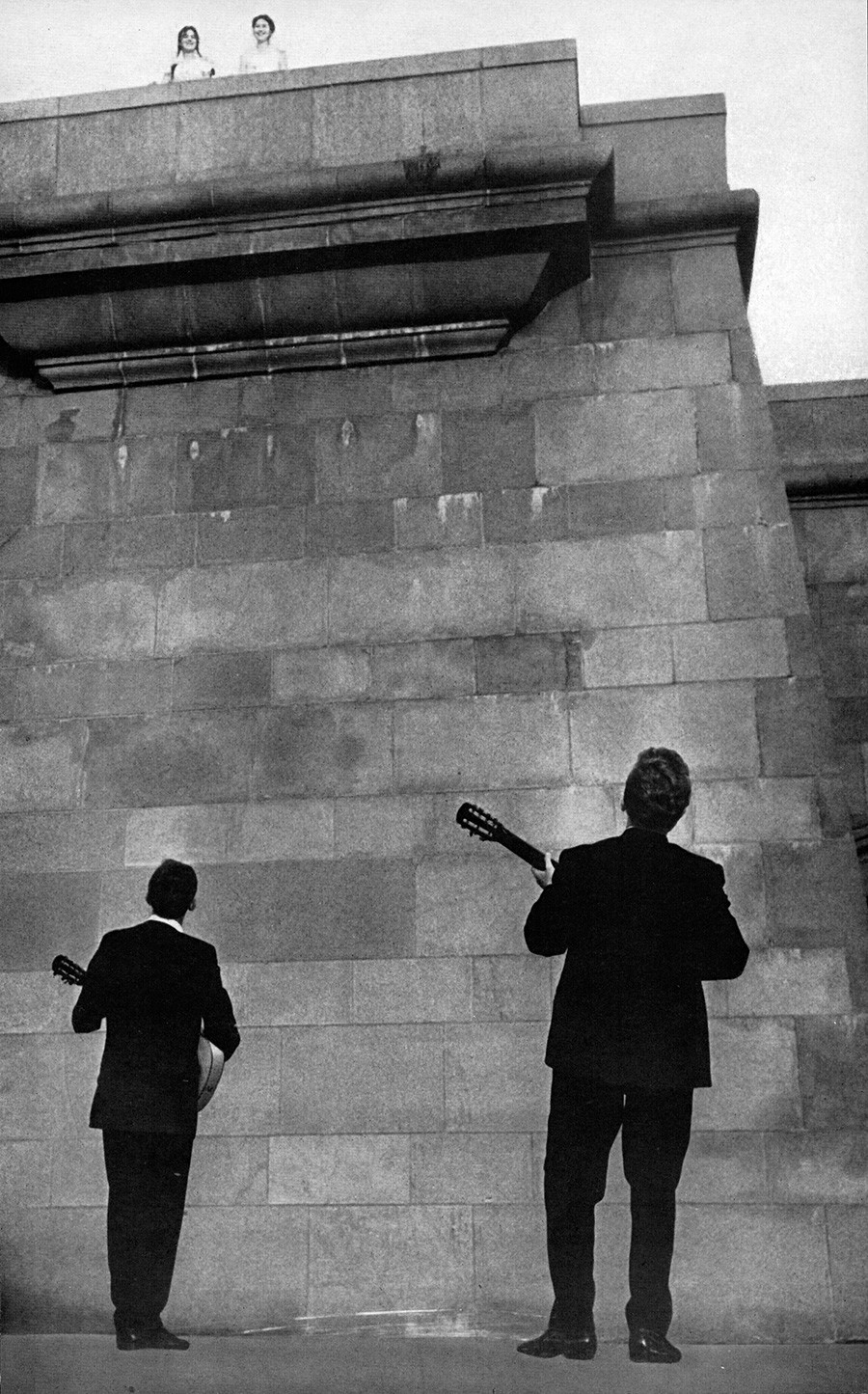
Serenade, 1962
Vladimir Lagrange/TASSIn 1959, when he was 20 years old, he started his career as a photojournalist at TASS, the country's main news agency.
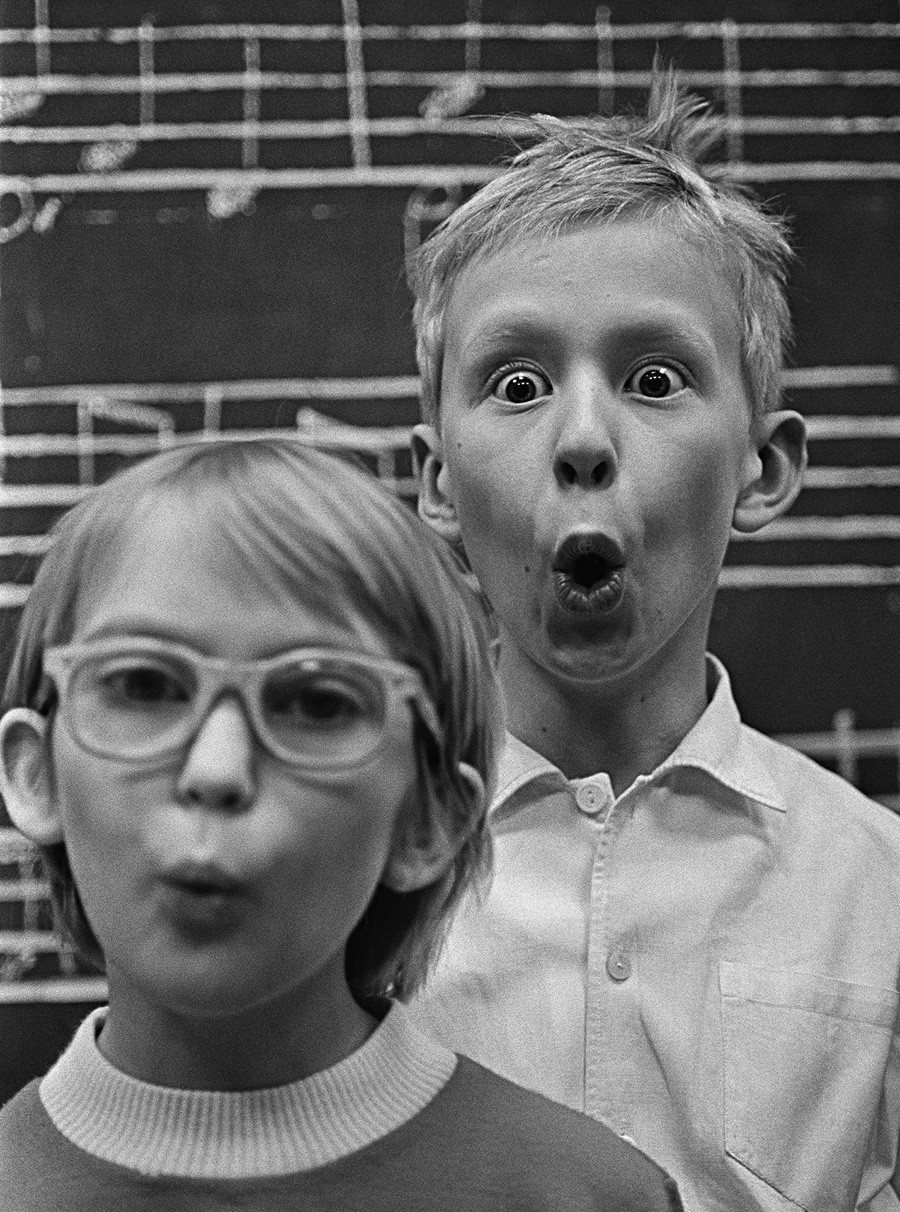
Solfeggio class, 1968
Vladimir Lagrange/Courtsey of the Lumier Brothers center for photographyThe photographer witnessed an entire era of Soviet life. Waxing lyrical about everyday life, he refused to take any staged shots.
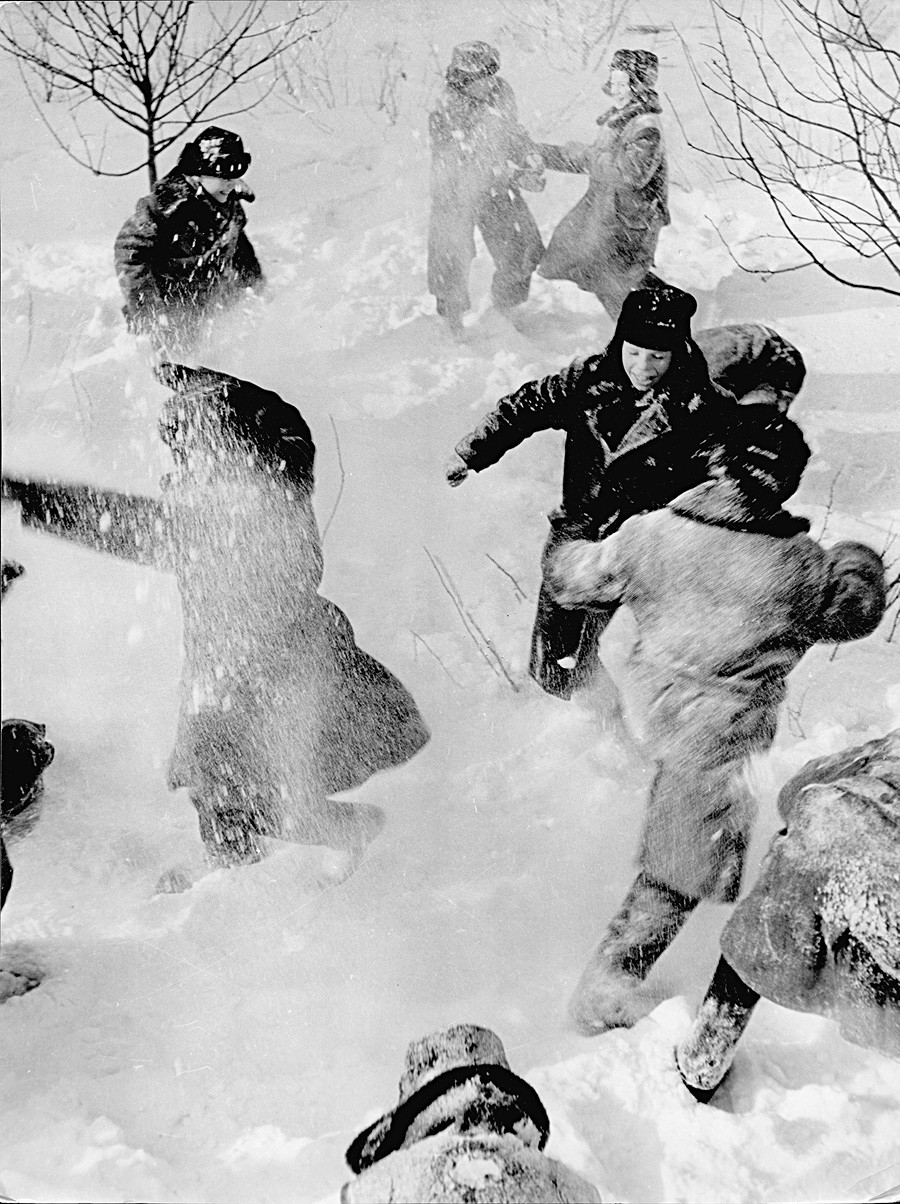
Snowball fight, 1960
Vladimir Lagrange/TASS“My task was to acquaint the reader with the work of metallurgists, pilots, miners, doctors, farmers ... Their life, and to do that truthfully,” he wrote.
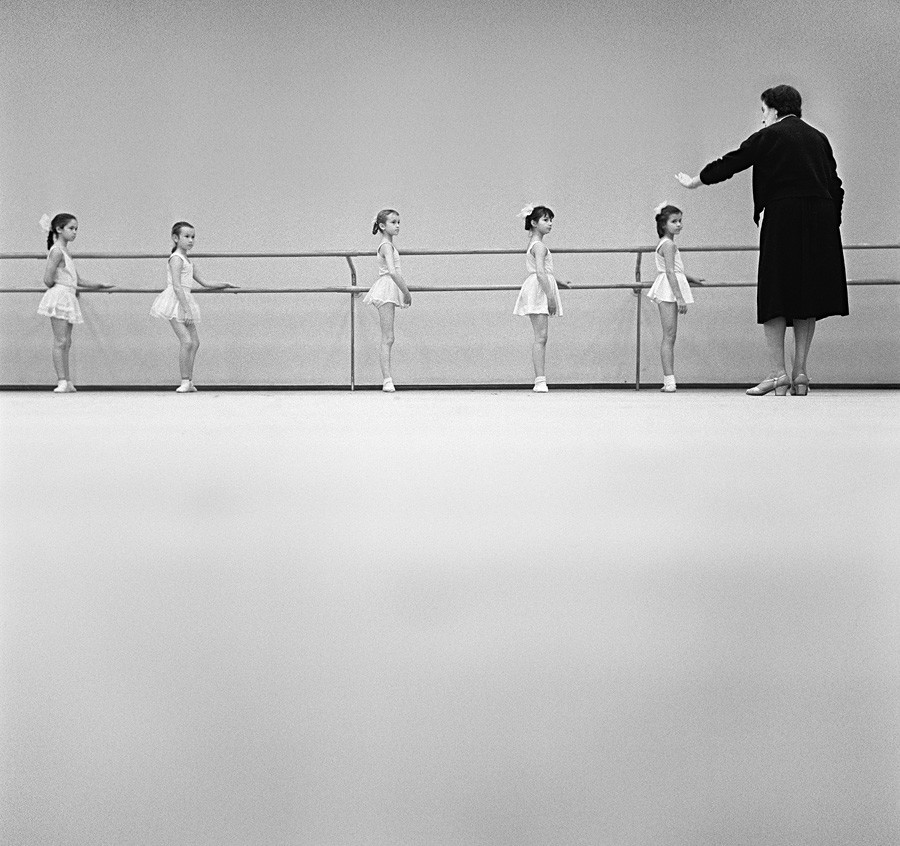
Young Ballerinas, 1962
Vladimir Lagrange/Courtsey of the Lumier Brothers center for photographyLive pictures of Lagrange were quite in the spirit of the time - at that moment, the European Magnum photo agency of Henri Cartier-Bresson was setting out to protect the rights of photographers and also was refusing to edit photos or take staged shots.
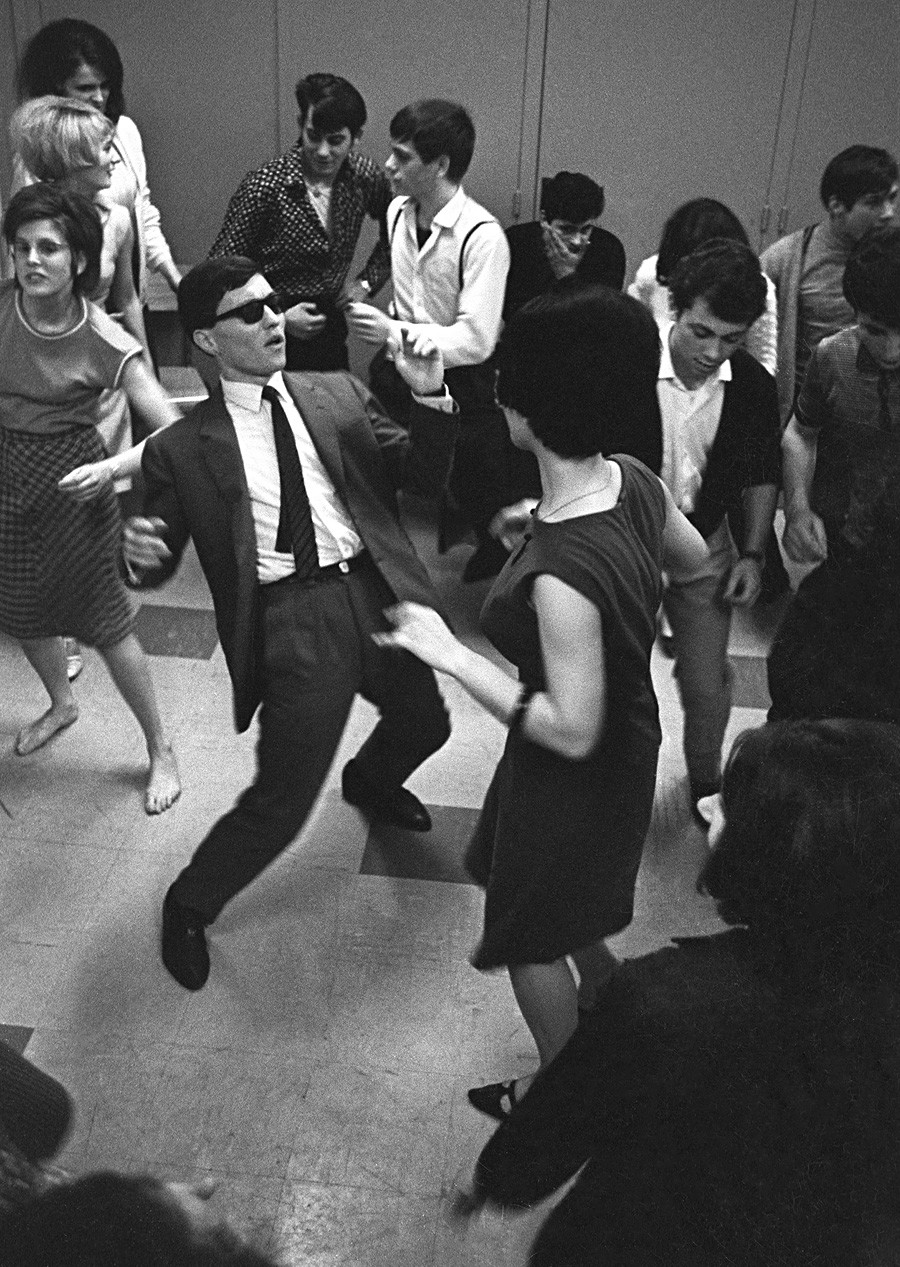
Dancing twist, 1964
Vladimir Lagrange/Courtsey of the Lumier Brothers center for photographyLagrange's works were published in many Soviet magazines and even in the German Die Freie Welt, which published about 10 of his personal photo collections.
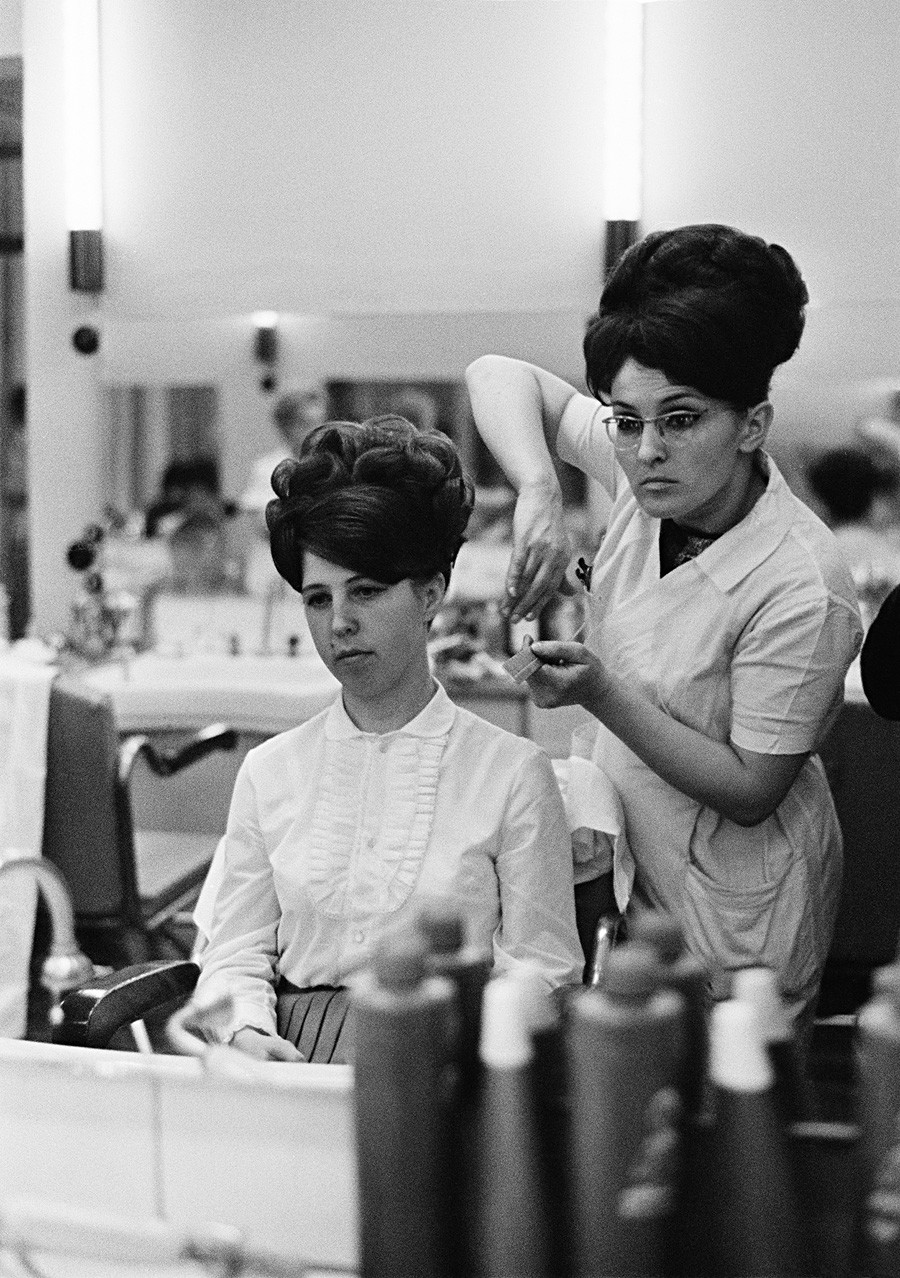
The high-class hairstyle, 1963
Vladimir Lagrange/Courtsey of the Lumier Brothers center for photographyMany of his works became symbols of the era: “Goalkeeper” (1961), “Pigeons of the World” (1962), “Young Ballerinas” (1962). Life is in full swing in every photo and all these images express a hope for a brighter future.
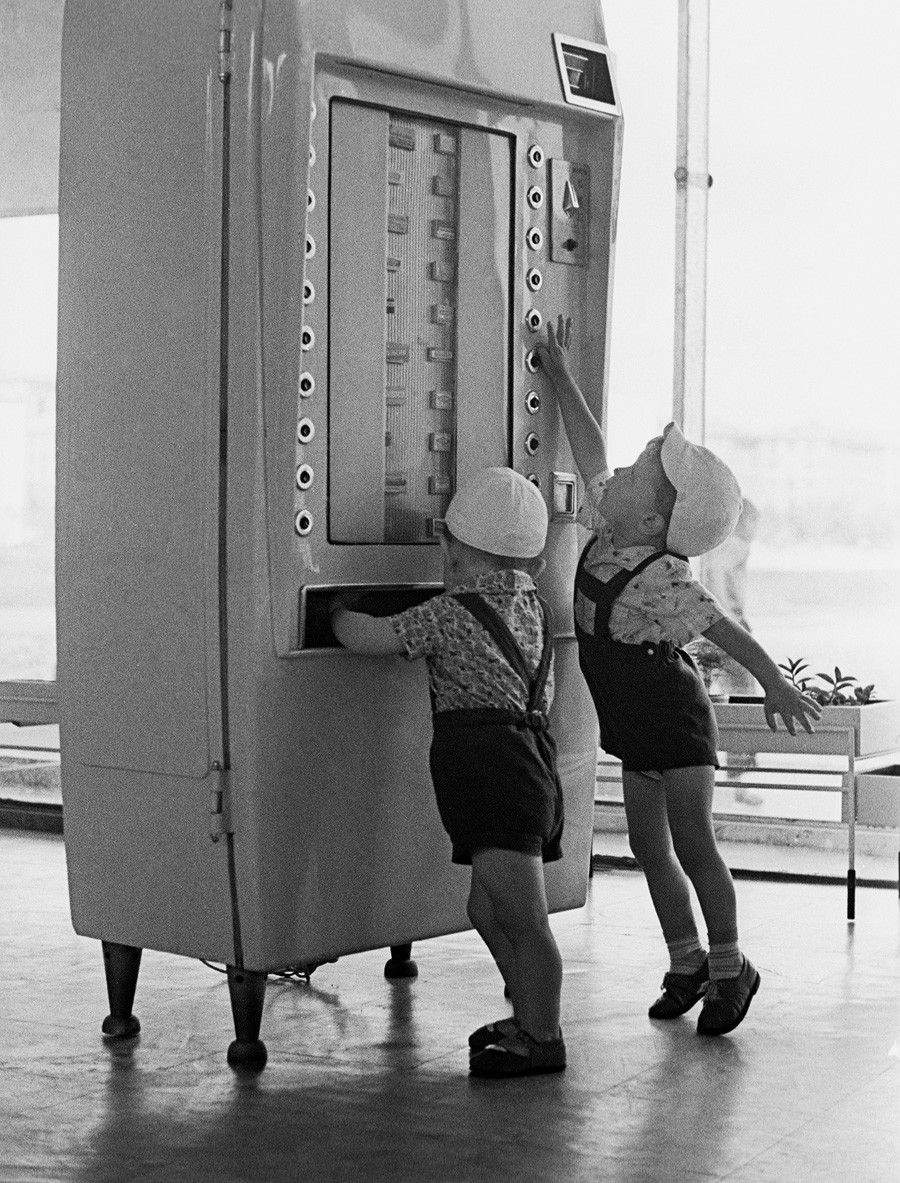
Curiosity, 1961
Vladimir Lagrange/Courtsey of the Lumier Brothers center for photographyIn 1987, Lagrange was one of 100 photojournalists from all around the world, whose shots were included in the book, “One Day in the Life of the Soviet Union”, published in the United States. The photographer also published his own book about the Soviet era entitled, “So We Lived”.
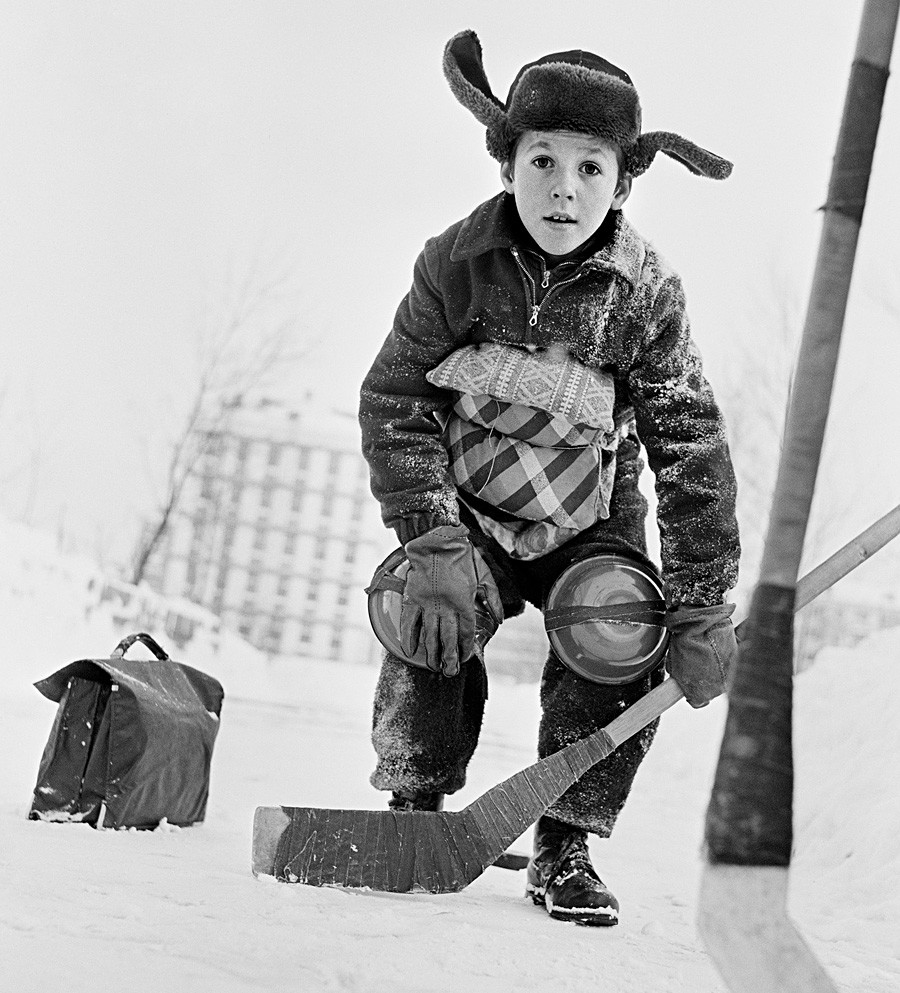
The Goalkeeper, 1961
Vladimir Lagrange/Courtsey of the Lumier Brothers center for photographyIn 2002, for Lagrange’s contribution to photography, he was awarded the country's main photo award - the Golden Eye of Russia.
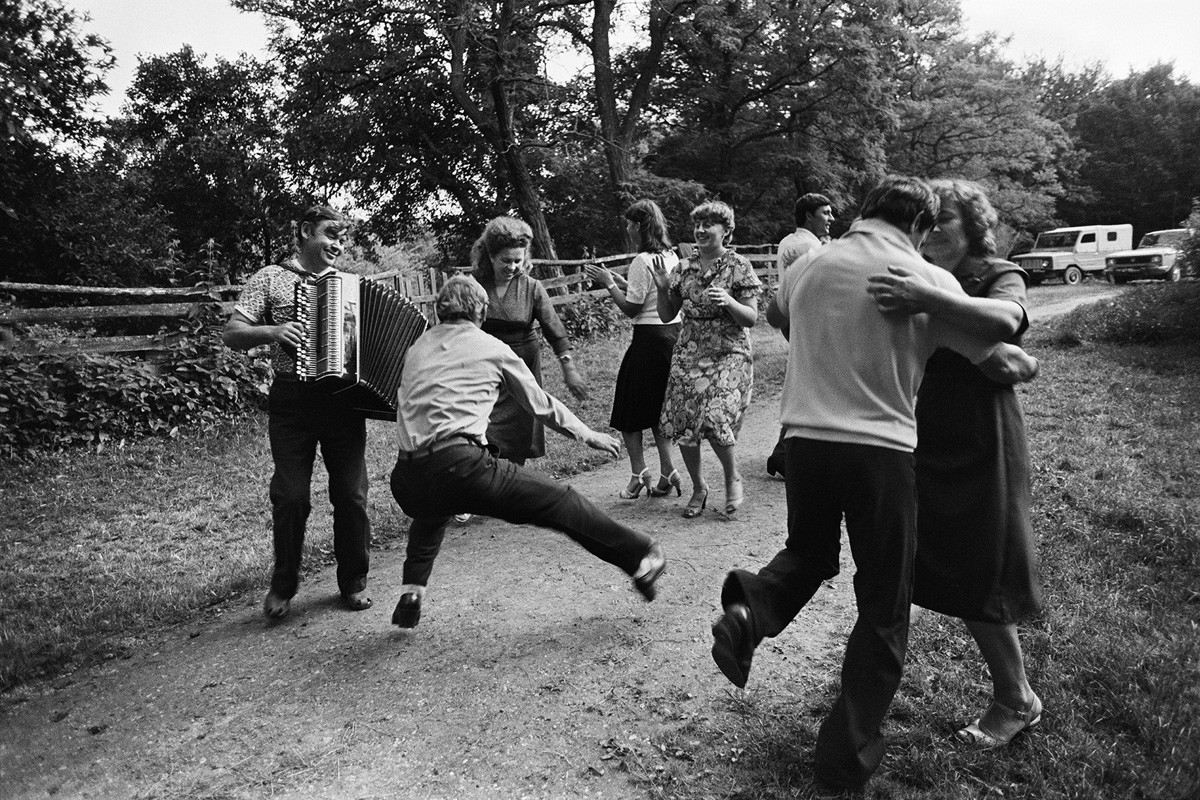
Dances, 1983
Vladimir Lagrange/Courtsey of the Lumier Brothers center for photography"The meaning of his work is to be an observant participant in the events on every ‘street’ where life is thrown at him," says the director of the The Lumiere Brothers Center for Photography in Moscow, Natalia Grigoryeva-Litvinskaya.
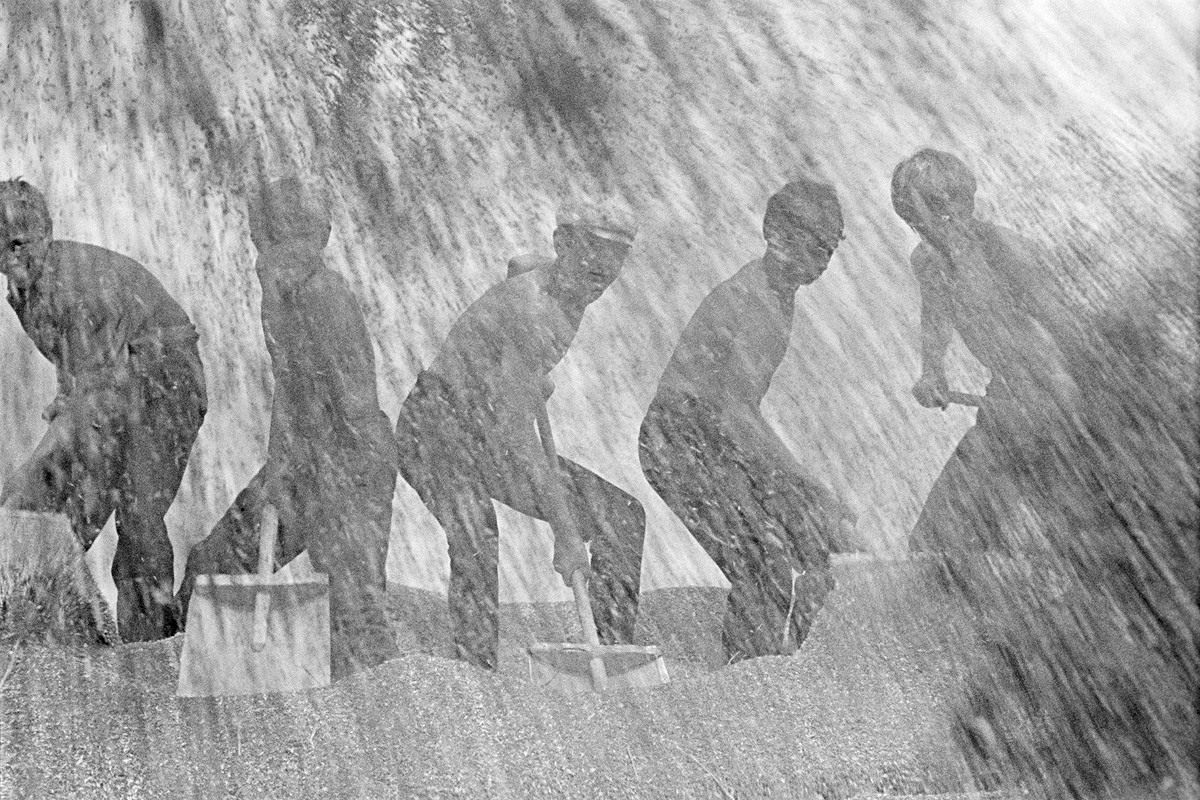
Harvest, 1973
Vladimir Lagrange/Courtsey of the Lumier Brothers center for photography“Lagrange Street”, a retrospective of the photographer, will be on display at the Lumiere Brothers Center for Photography from September 5 to November 17, 2019.
If using any of Russia Beyond's content, partly or in full, always provide an active hyperlink to the original material.
Subscribe
to our newsletter!
Get the week's best stories straight to your inbox